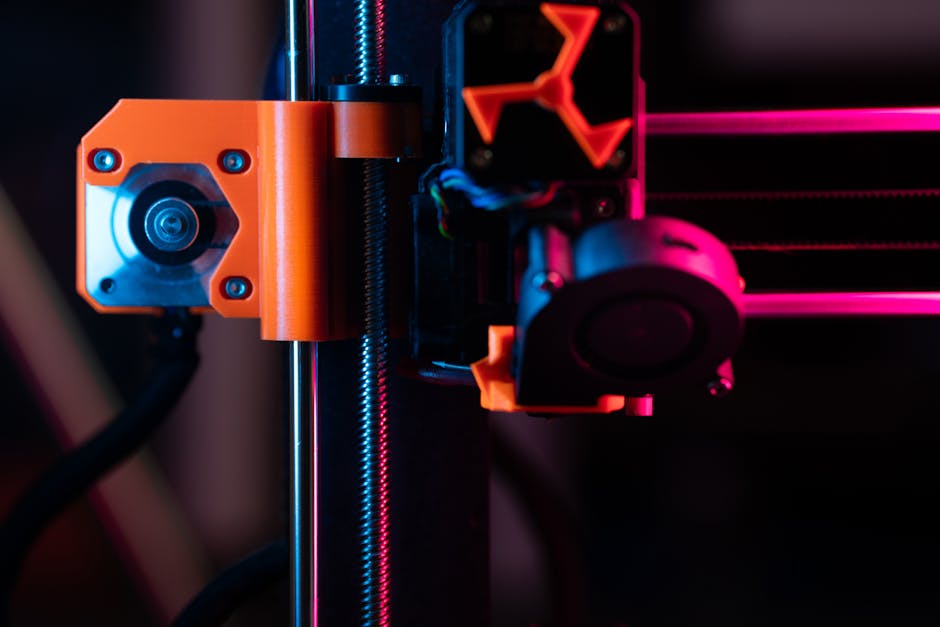Unlocking the Power of DevOps & Automation Through Endpoint Protection: A Step-by-Step Guide
In the dynamic landscape of IT and technology, the synergy between DevOps, automation, and endpoint protection has become a cornerstone for organizations striving for operational efficiency and enhanced security. DevOps practices streamline development and operations processes, while automation simplifies repetitive tasks. Adding endpoint protection to this mix fortifies your organization’s security posture, ensuring that your endpoints are shielded from potential threats. This step-by-step guide will help you harness the full potential of DevOps, automation, and endpoint protection to optimize your workflows and safeguard your digital assets.
Step 1: Understanding DevOps and Automation
DevOps is a collaborative approach that combines development (Dev) and IT operations (Ops) to enhance communication and productivity throughout the software development lifecycle. By breaking down silos between teams, DevOps accelerates the delivery of high-quality applications and services. Automation plays a pivotal role in DevOps by automating manual tasks, reducing errors, and increasing consistency. Automation tools like Ansible, Puppet, and Chef enable teams to automate infrastructure provisioning, configuration management, and deployment processes, leading to faster delivery cycles and improved scalability.
Step 2: Integrating Endpoint Protection into DevOps
Endpoint protection involves securing endpoint devices such as laptops, desktops, and mobile devices from cyber threats. Integrating endpoint protection into the DevOps toolchain ensures that security is prioritized throughout the software development process. By incorporating security controls early in the development lifecycle, organizations can proactively identify and remediate vulnerabilities before they escalate into security incidents. Tools like antivirus software, firewalls, and intrusion detection systems can be automated and integrated into the DevOps pipeline to continuously monitor and protect endpoints.
Step 3: Leveraging DevOps and Automation for Endpoint Security
DevOps and automation can be leveraged to enhance endpoint security in the following ways:
Continuous Security Monitoring:
Utilize automation tools to monitor endpoints in real-time for security events and anomalies. By continuously monitoring endpoints, organizations can swiftly detect and respond to potential cyber threats.
Automated Patch Management:
Automate the deployment of security patches and updates to endpoints to ensure they are up-to-date with the latest security fixes. Patch management automation reduces the risk of exploitation by known vulnerabilities.
Configuration Management:
Implement configuration management tools to enforce security configurations on endpoints. By automating the enforcement of security policies, organizations can mitigate the risk of misconfigured endpoints.

Incident Response Automation:
Develop automated incident response playbooks to orchestrate response actions in the event of a security incident on an endpoint. Automated incident response accelerates the containment and remediation of security breaches.
Step 4: Best Practices for Securing DevOps Environments
Securing DevOps environments requires a holistic approach that encompasses people, processes, and technology. Here are some best practices to enhance security in DevOps:
Implement Role-Based Access Control (RBAC):
Enforce RBAC to restrict access to sensitive systems and resources based on job roles and responsibilities. RBAC minimizes the risk of unauthorized access and privilege escalation.
Secure Code Repositories:
Implement secure coding practices and secure code repositories to mitigate the risk of code tampering and unauthorized access. Utilize tools like code signing and encryption to secure code repositories.
Container Security:
Secure containerized applications by scanning container images for vulnerabilities, enforcing access controls, and monitoring container behavior. Container security tools like Docker Security Scanning and Clair can help identify and mitigate security risks.
Continuous Security Testing:
Integrate security testing throughout the DevOps pipeline to identify and remediate security vulnerabilities early in the development lifecycle. Automated security testing tools like OWASP ZAP and Veracode enable organizations to continuously assess the security posture of their applications.

Step 5: Ensuring Compliance with Endpoint Protection Regulations
Compliance with endpoint protection regulations such as GDPR, HIPAA, and PCI DSS is essential for organizations to protect sensitive data and maintain customer trust. DevOps and automation can facilitate compliance with endpoint protection regulations by:
Auditing and Reporting:
Automate audit trails and reporting to track changes in endpoint configurations, security policy enforcement, and access controls. Auditing and reporting tools help organizations demonstrate compliance with regulatory requirements.
Policy Enforcement:
Automatically enforce security policies and compliance controls on endpoints to ensure adherence to regulatory standards. Policy enforcement automation reduces the likelihood of compliance violations and associated penalties.
Automated Compliance Checks:
Utilize automation tools to conduct regular compliance checks on endpoints to verify adherence to regulatory requirements. Automated compliance checks help organizations proactively address compliance gaps and vulnerabilities.
Step 6: Monitoring and Optimization
Continuous monitoring and optimization are crucial to ensuring the effectiveness of DevOps, automation, and endpoint protection initiatives. Regularly assess the performance of your DevOps processes, automation workflows, and endpoint security controls to identify bottlenecks and areas for improvement. Utilize monitoring tools like Prometheus, Nagios, and ELK stack to gain insights into system performance, security incidents, and compliance status.
Optimize your DevOps, automation, and endpoint protection strategies based on monitoring results and feedback from stakeholders. Embrace a culture of continuous improvement to adapt to evolving security threats and business requirements. Regularly review and update your security policies, automate security controls, and enhance endpoint protection measures to stay ahead of cyber threats.
Conclusion
By unlocking the power of DevOps, automation, and endpoint protection, organizations can achieve a harmonious balance between speed, security, and reliability. Follow this step-by-step guide to integrate endpoint protection into your DevOps workflows, leverage automation for enhanced endpoint security, and ensure compliance with regulatory standards. Empower your teams to embrace a security-first mindset and establish a robust security posture that safeguards your digital assets against evolving cyber threats.
